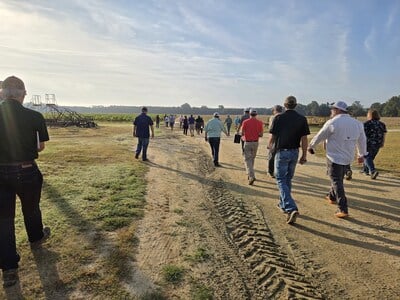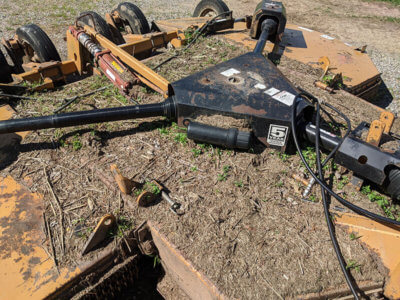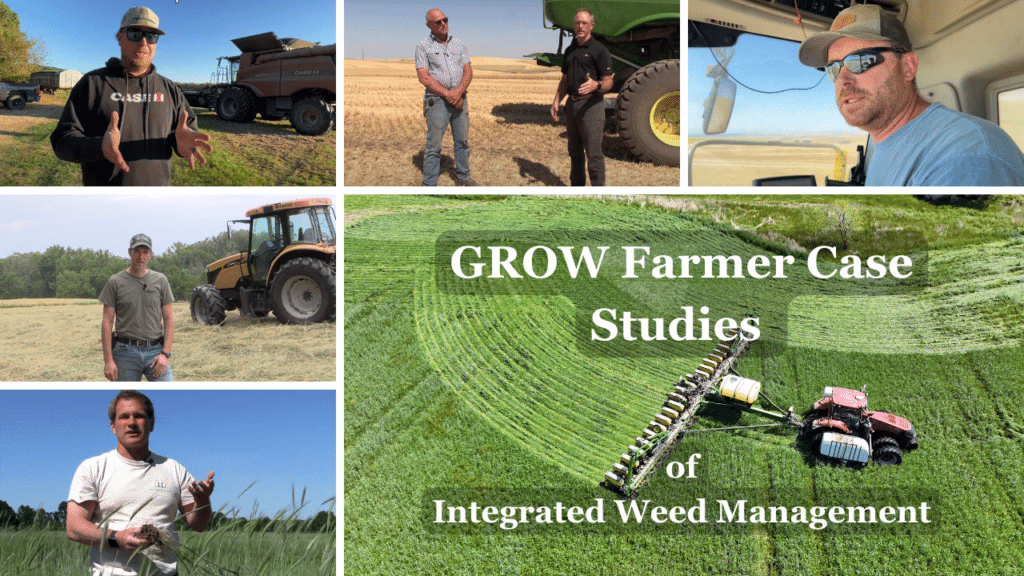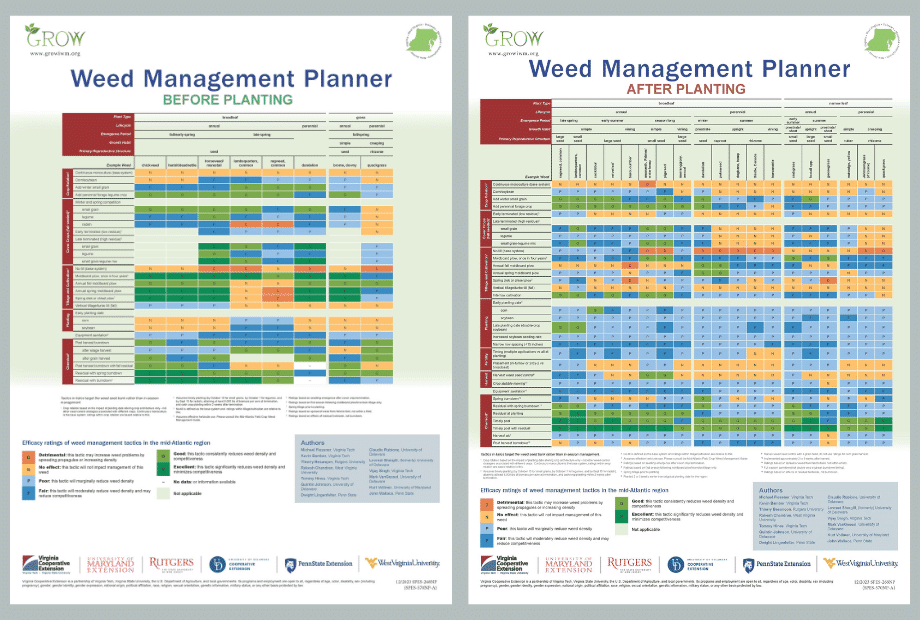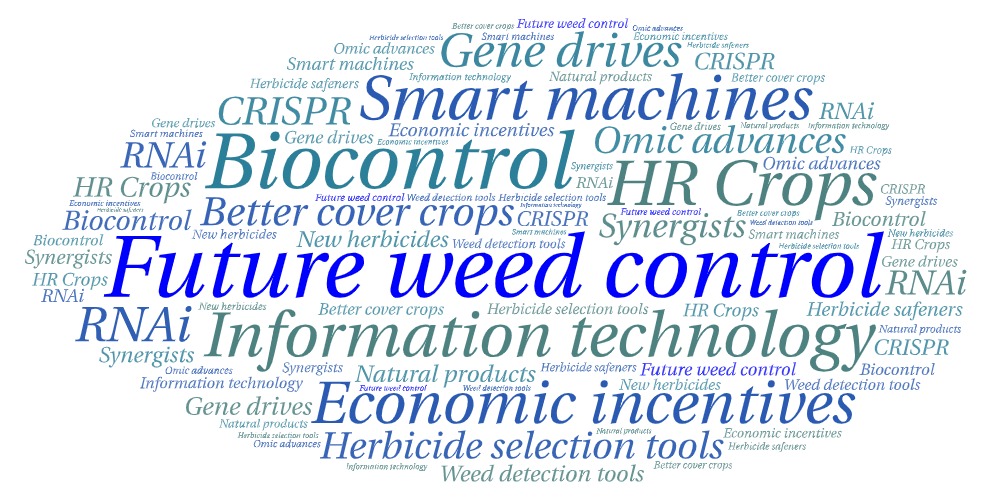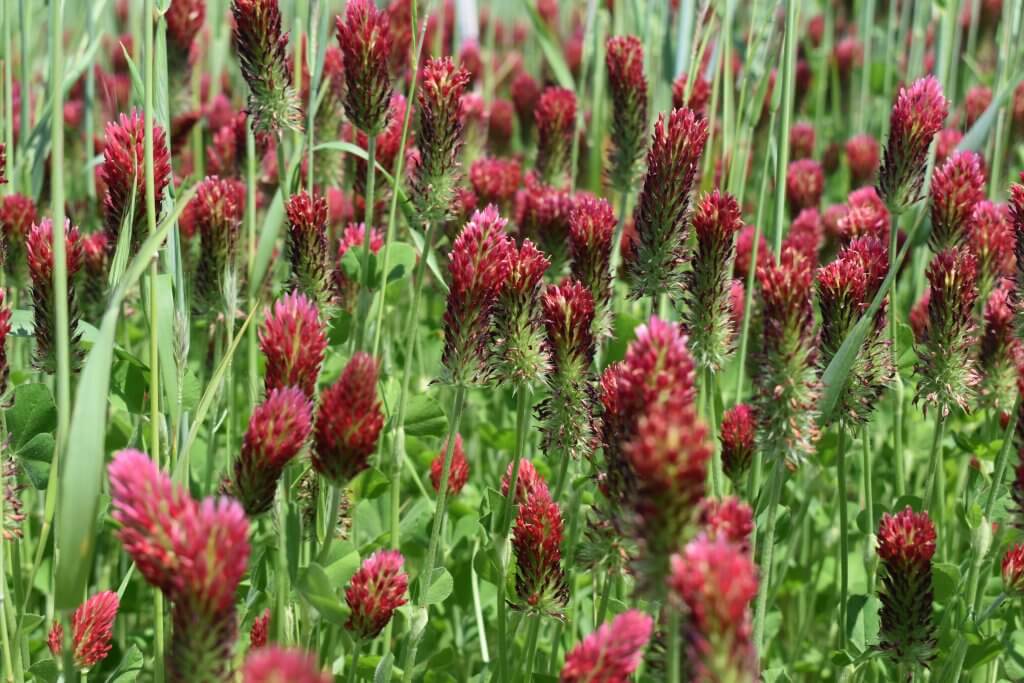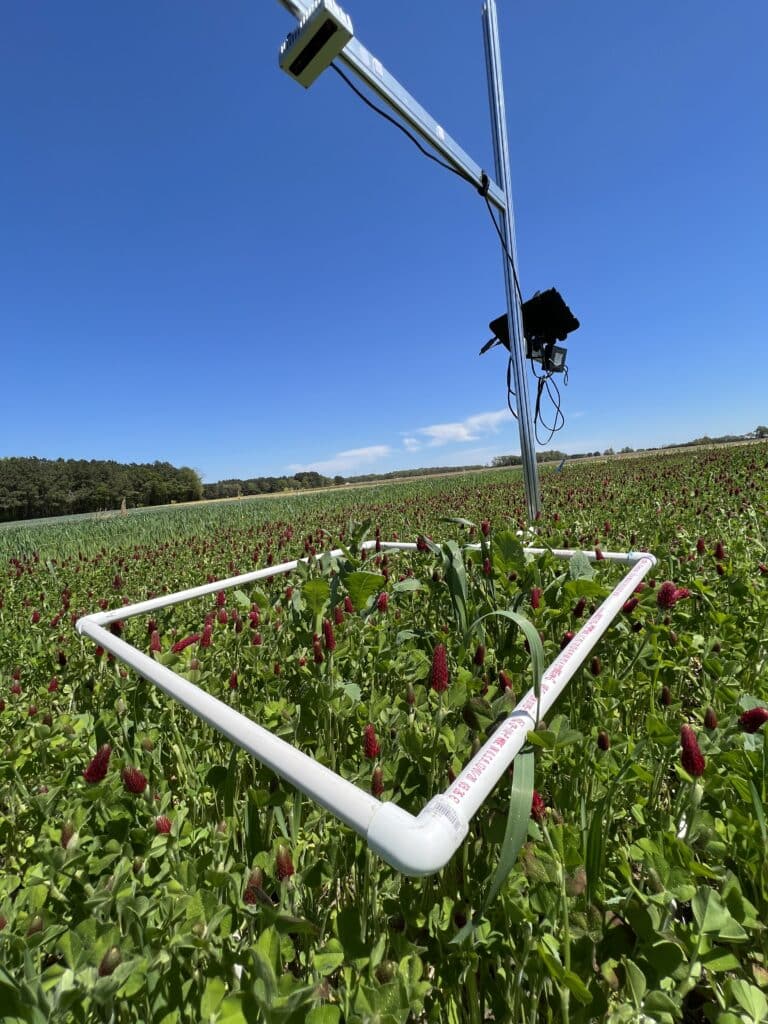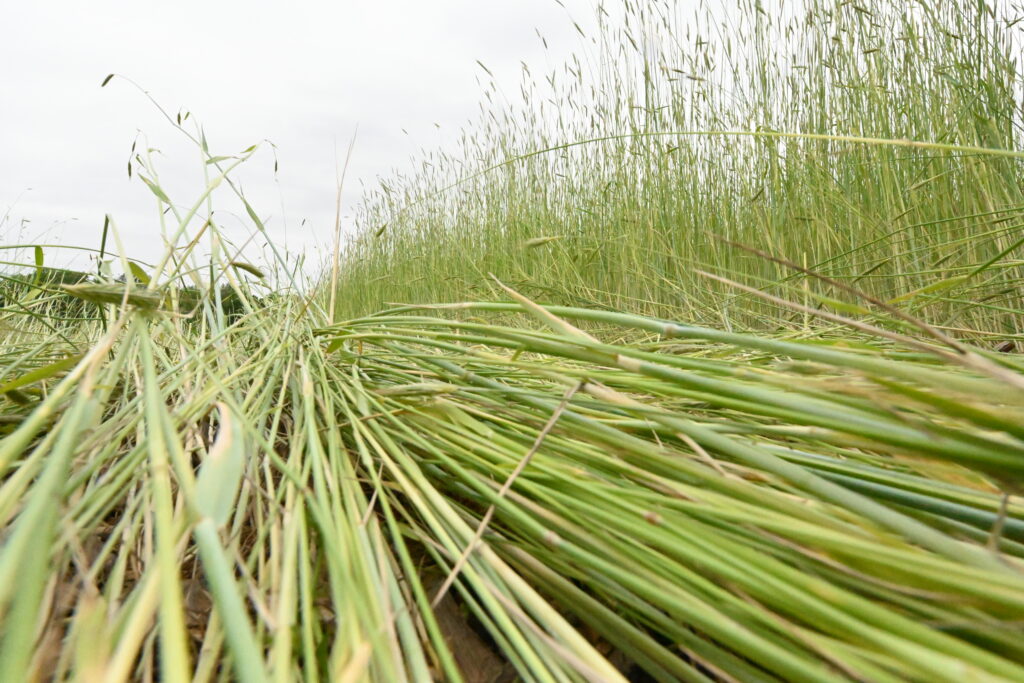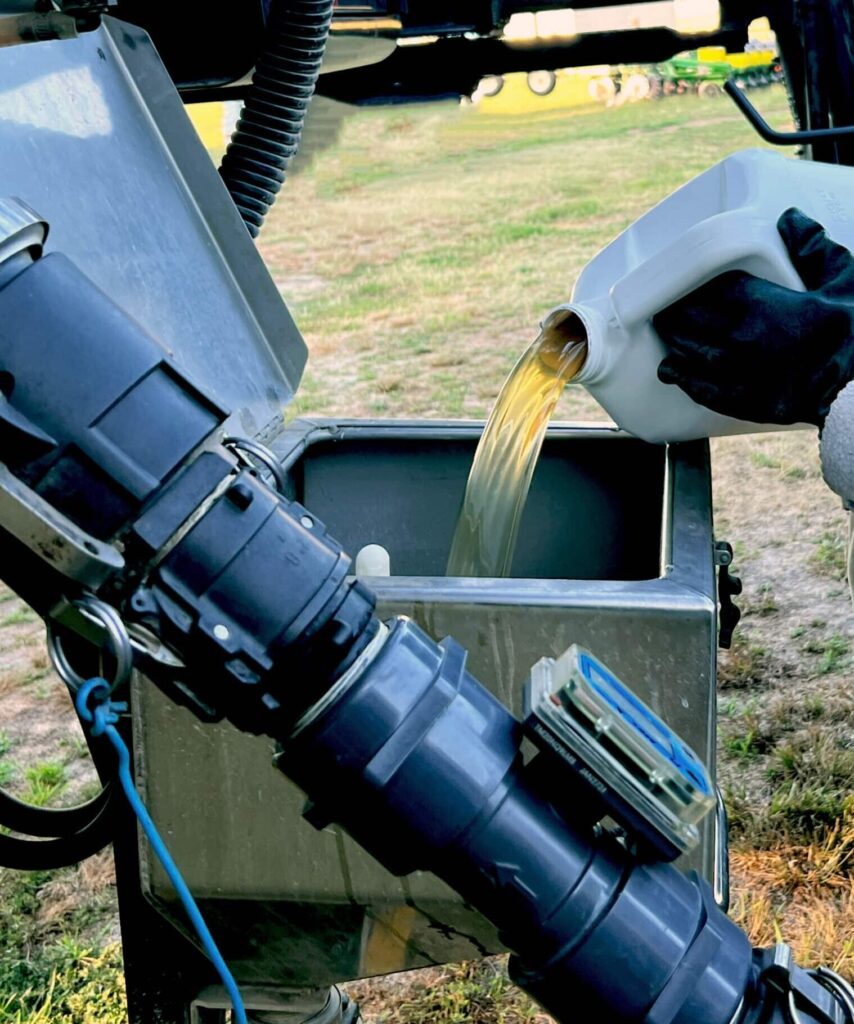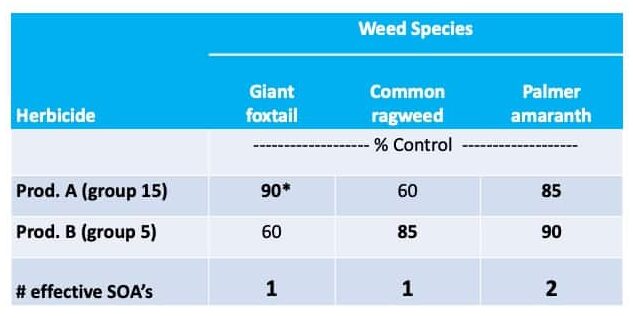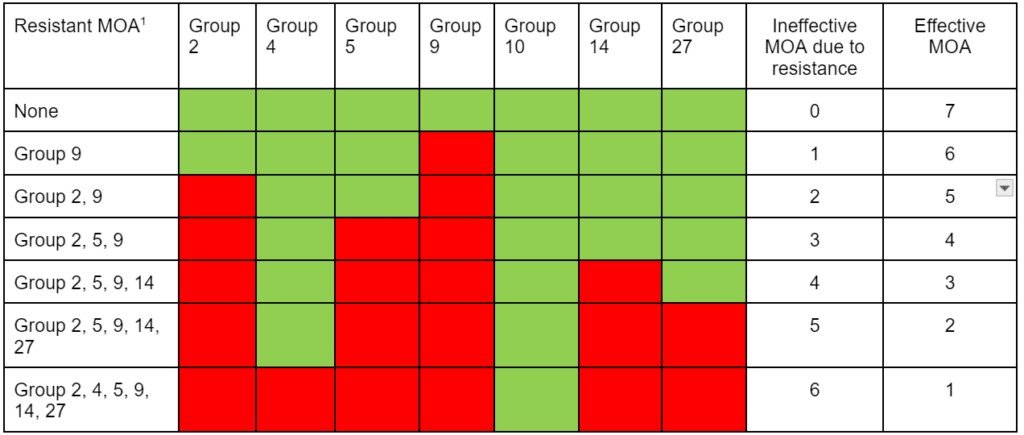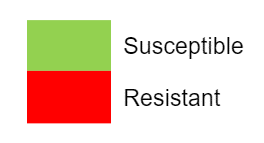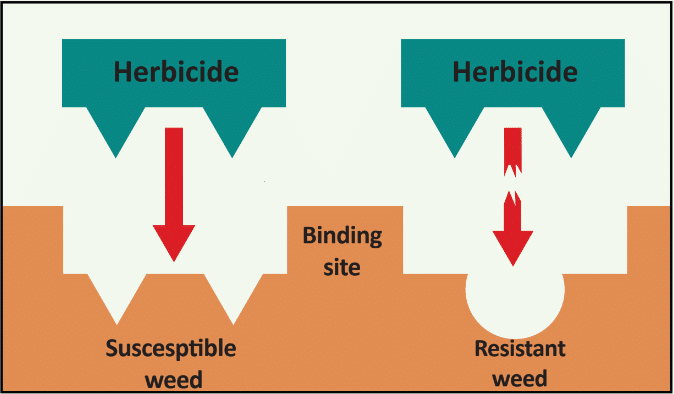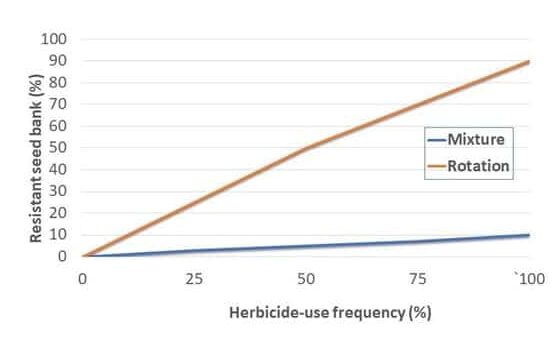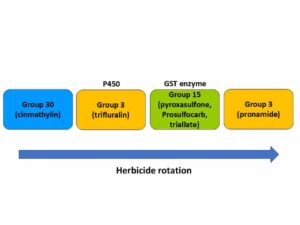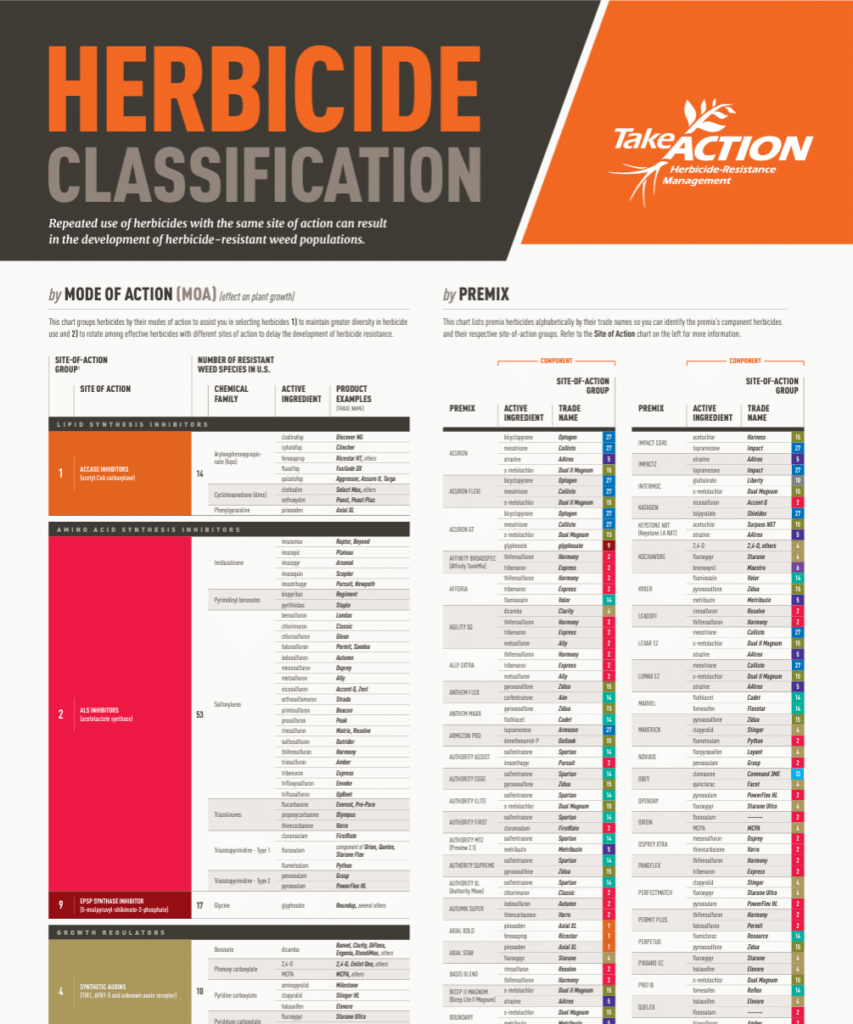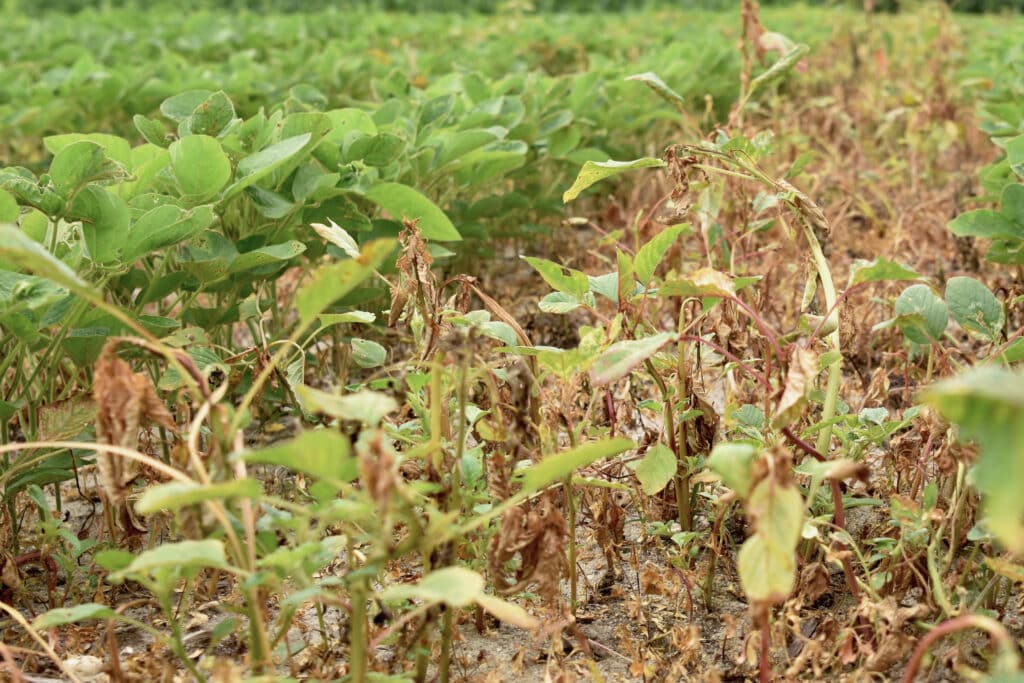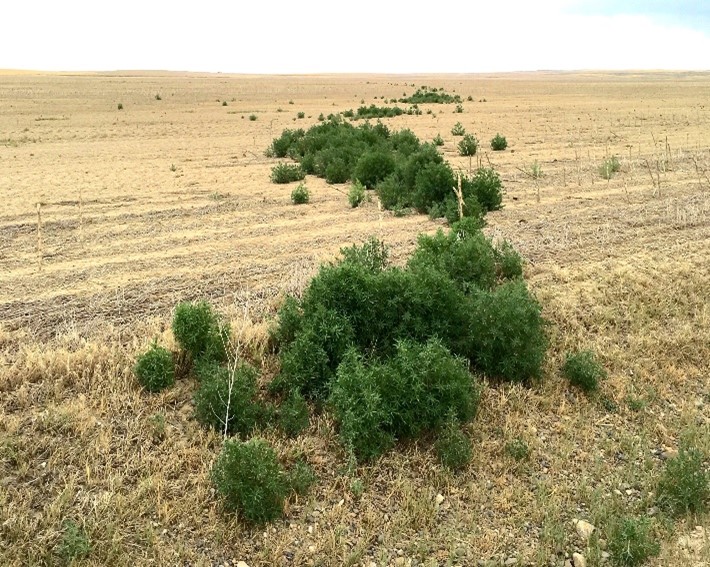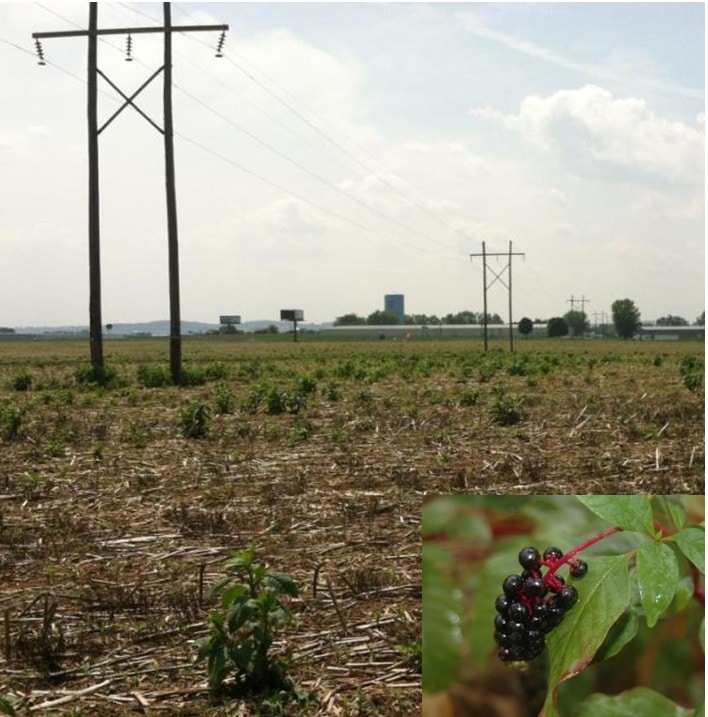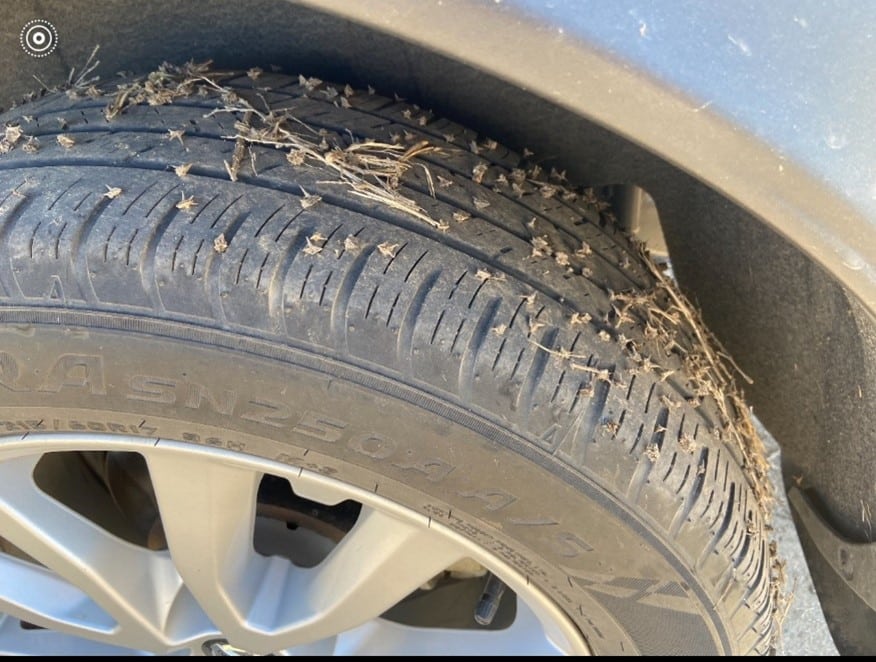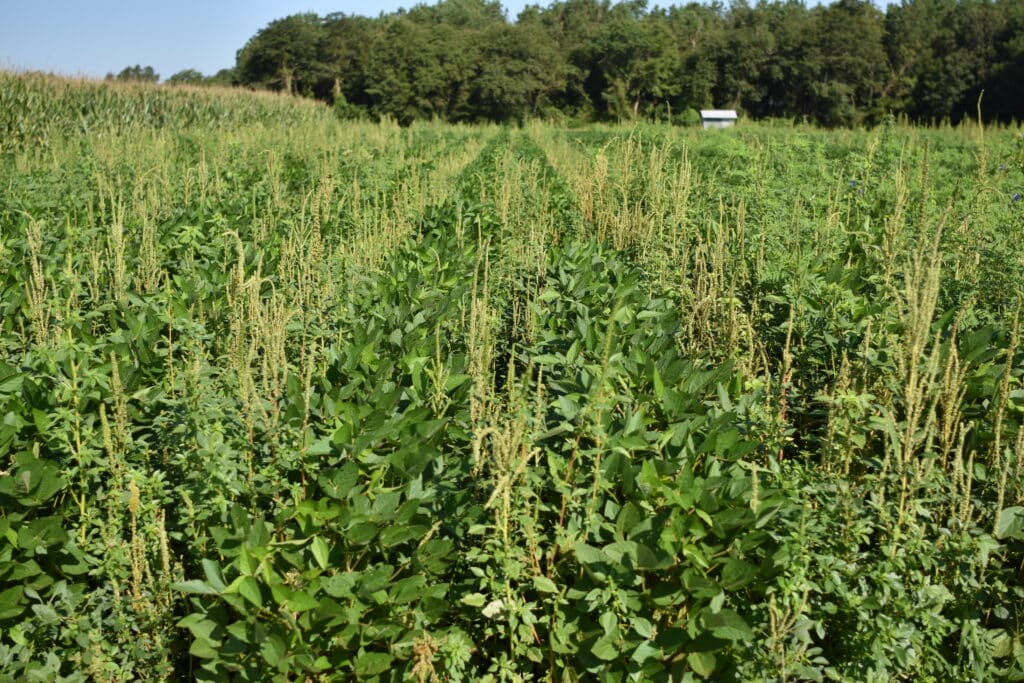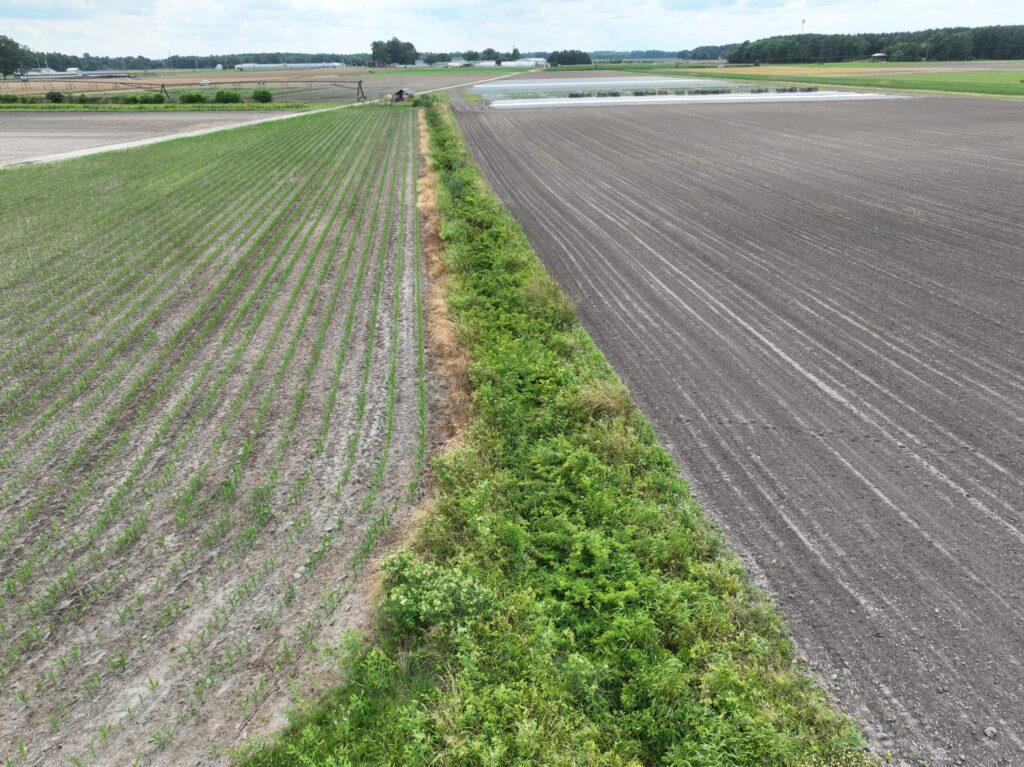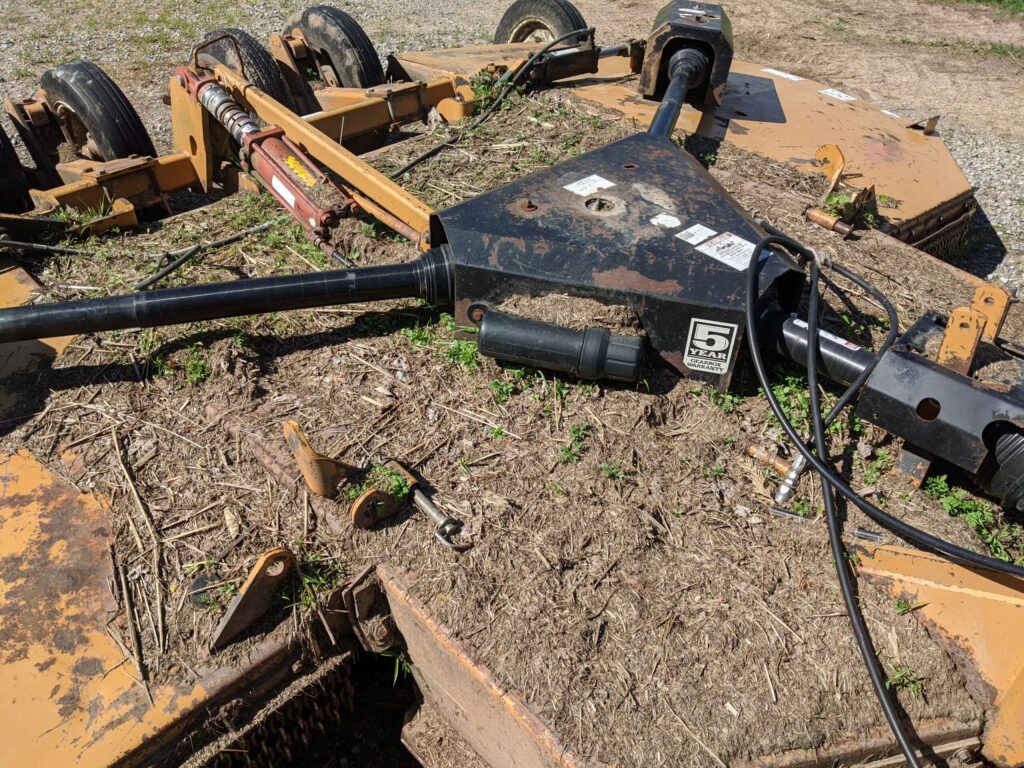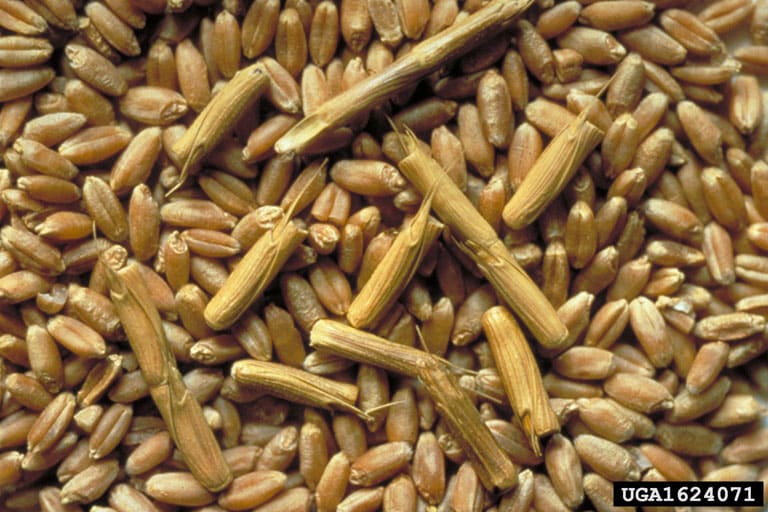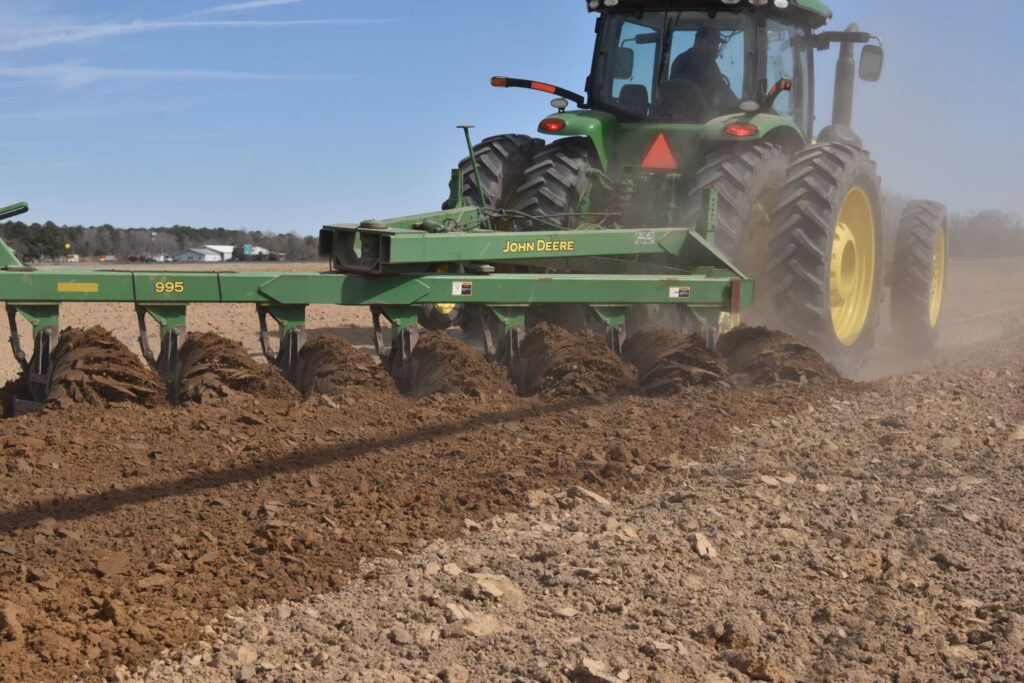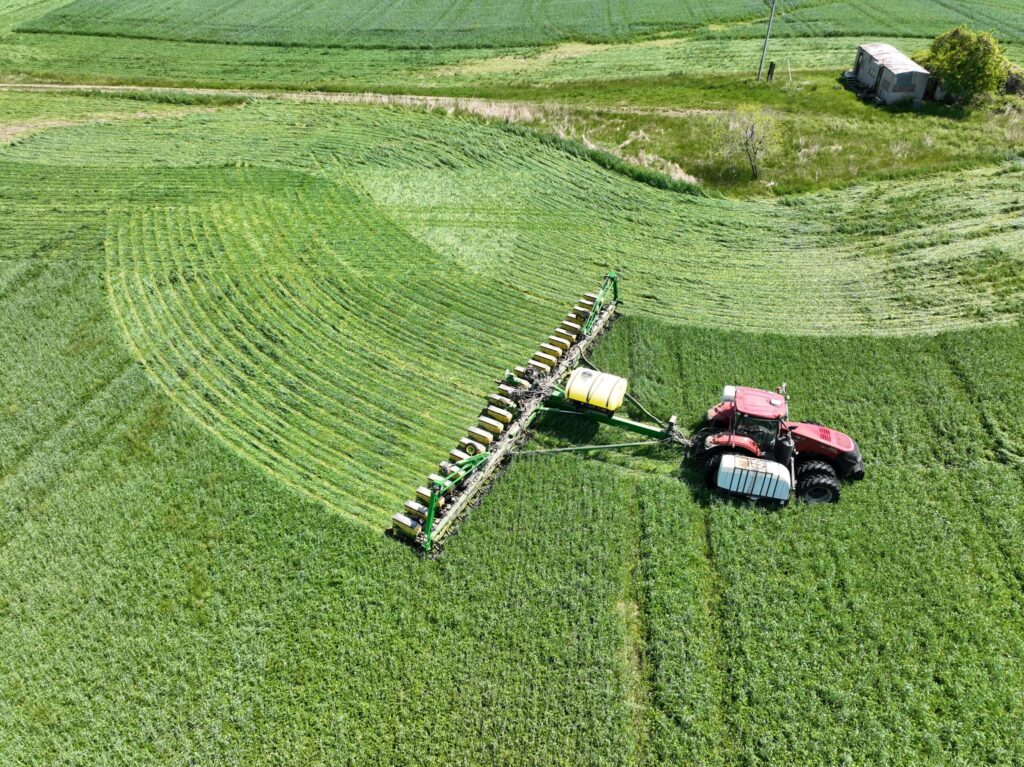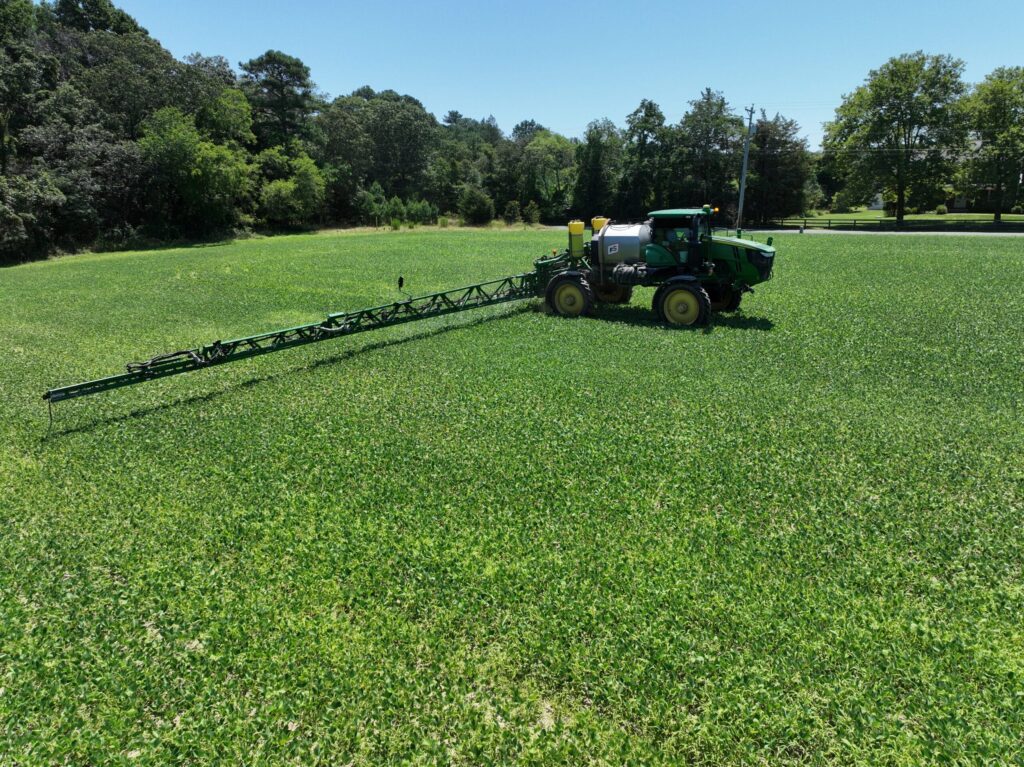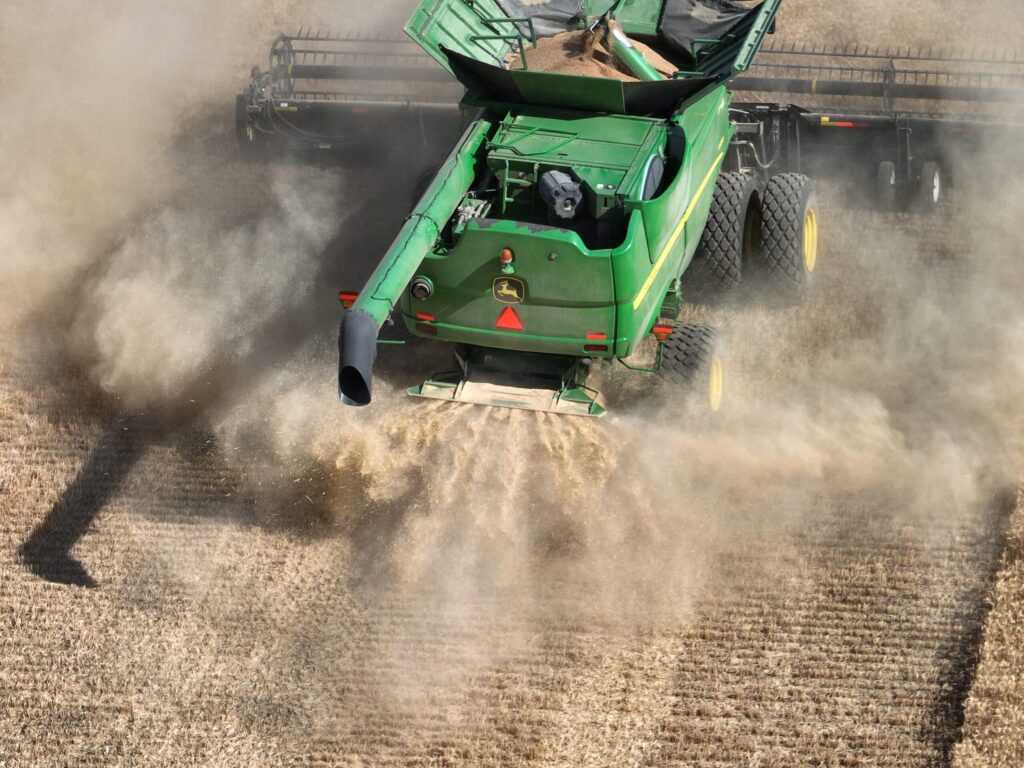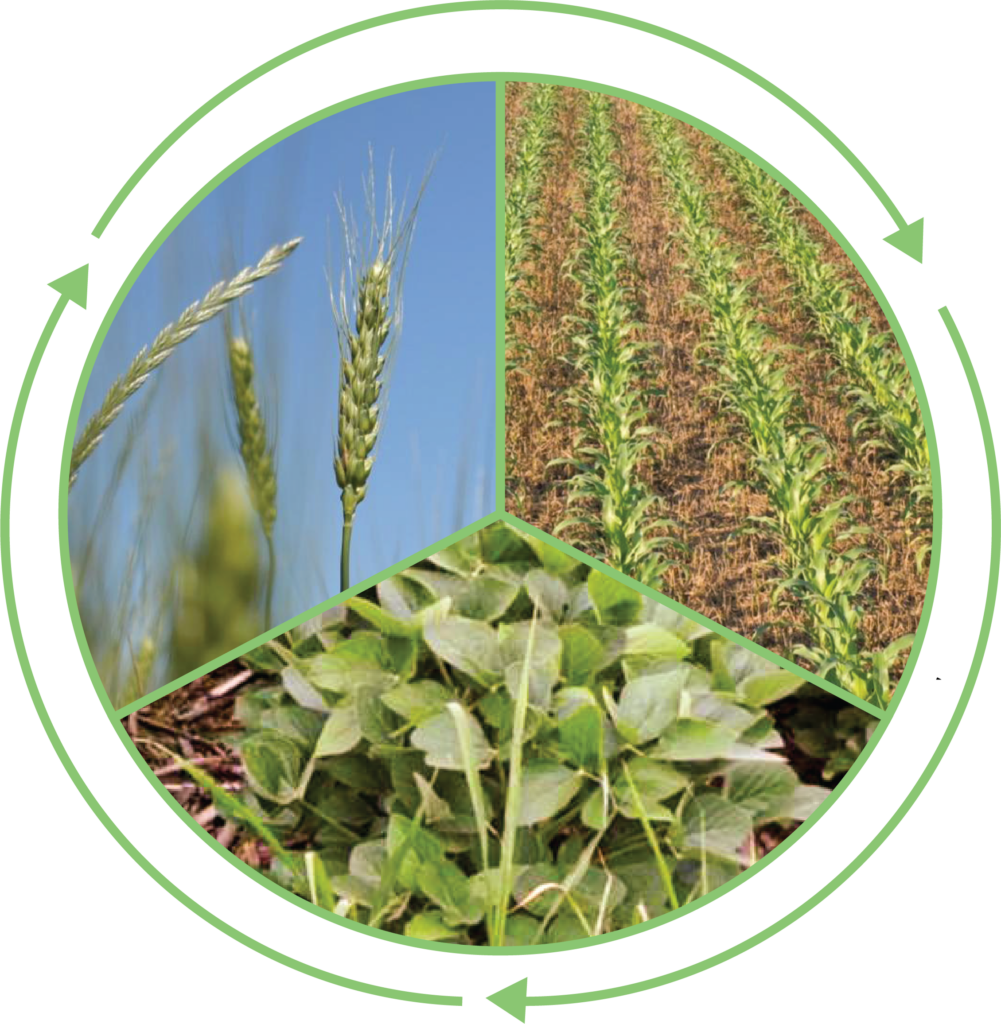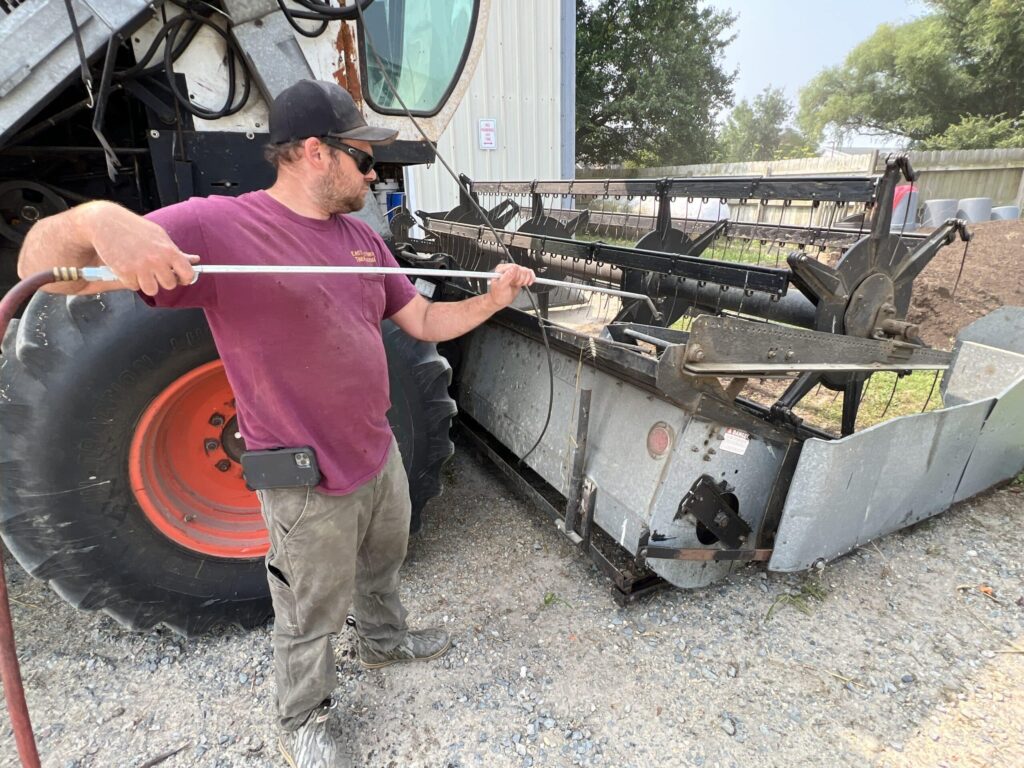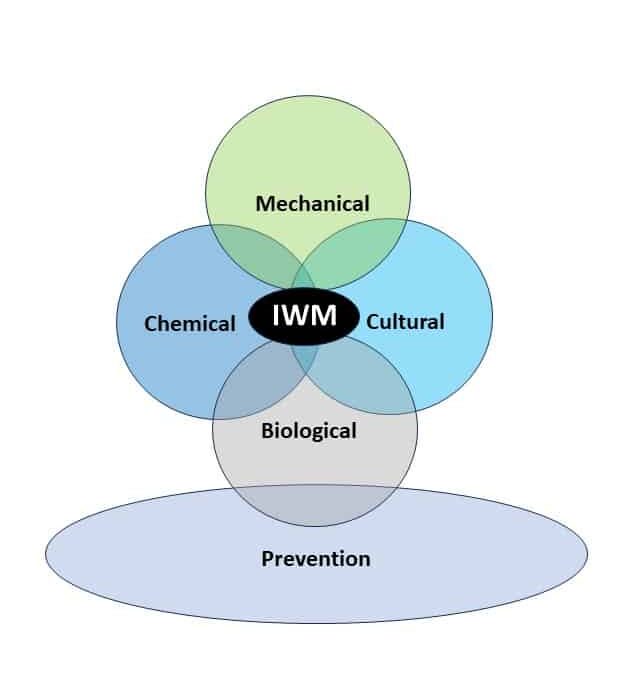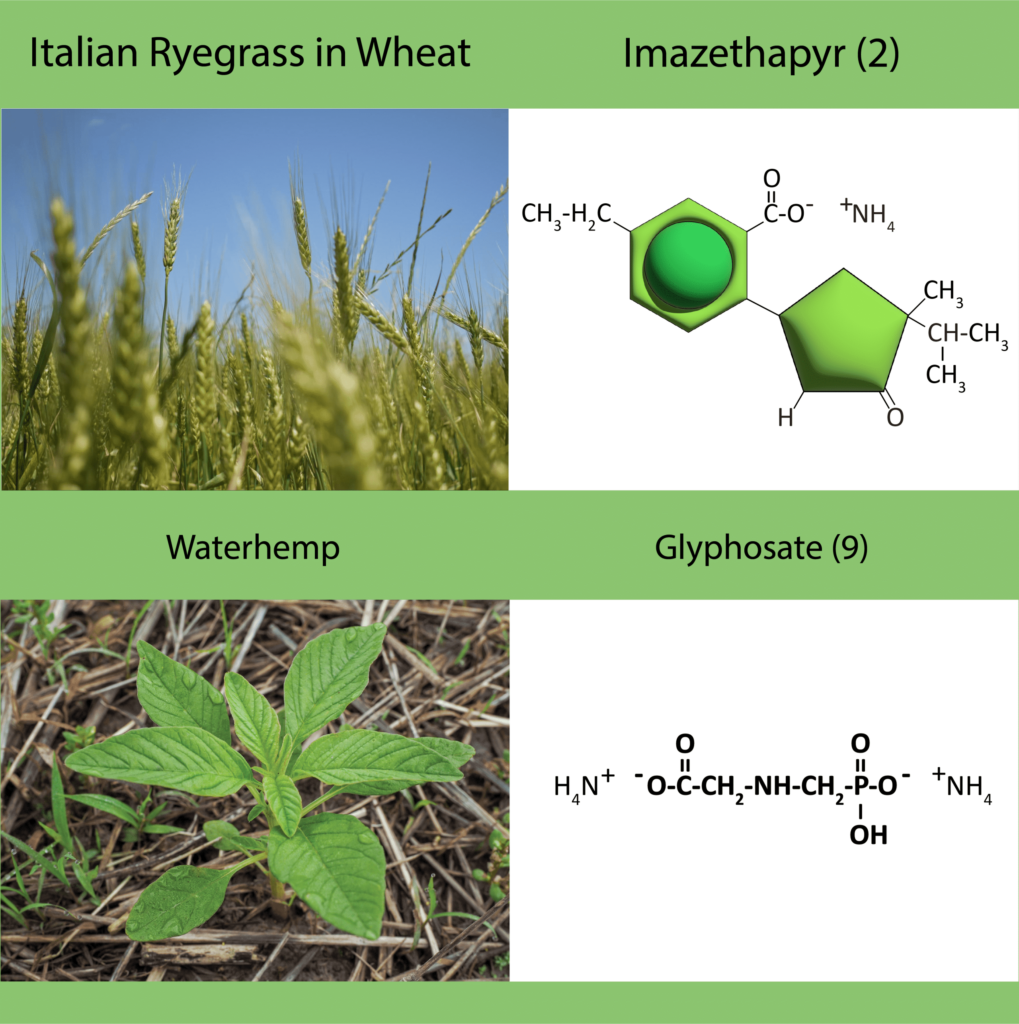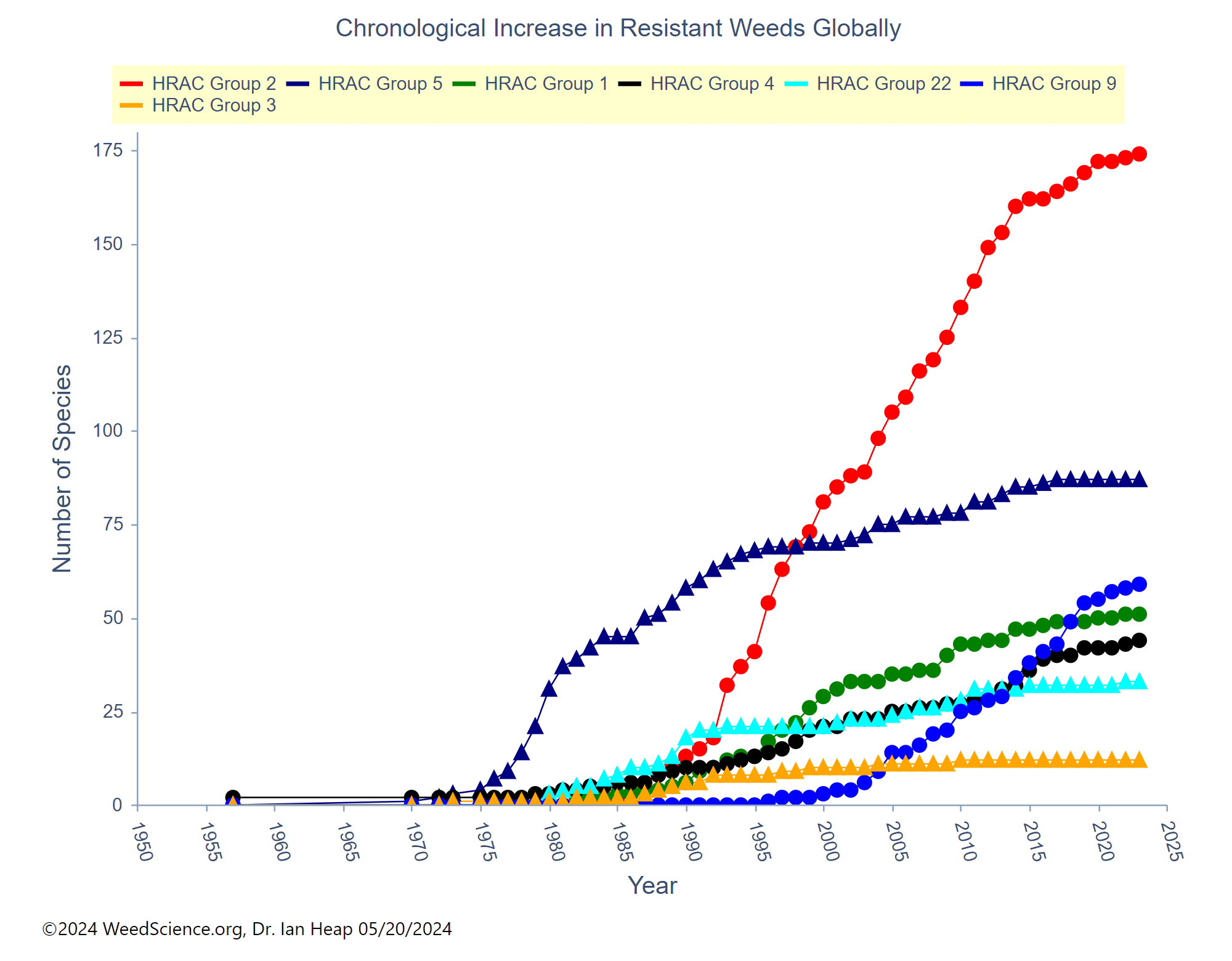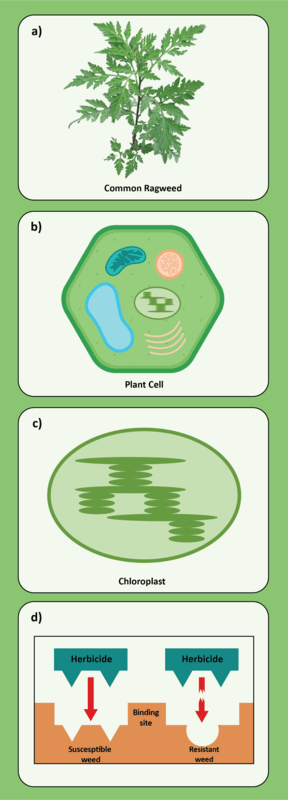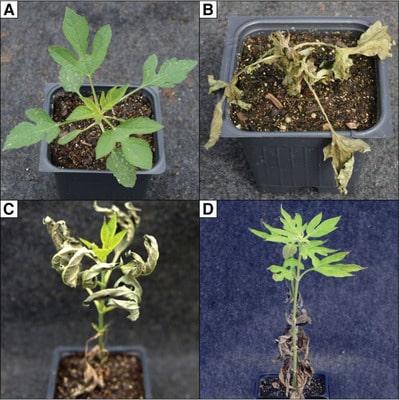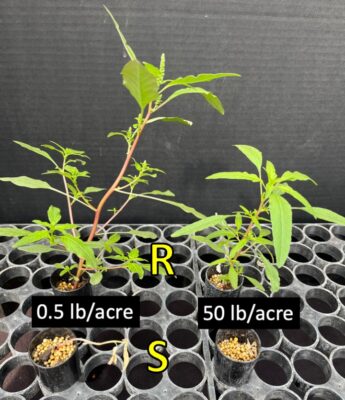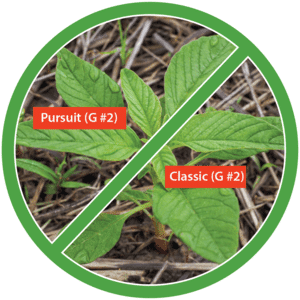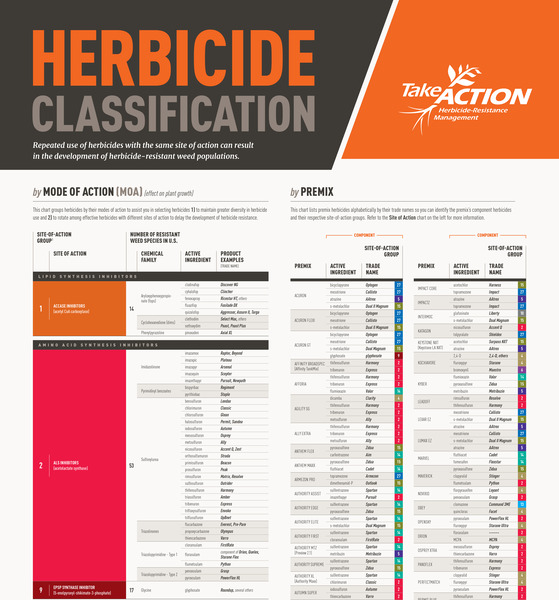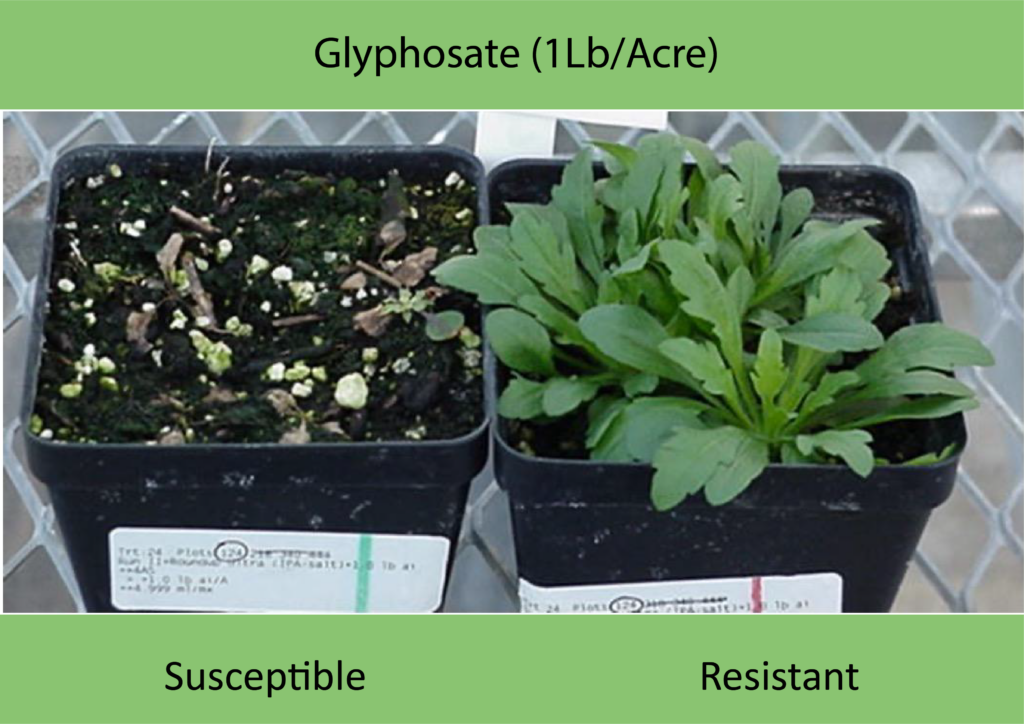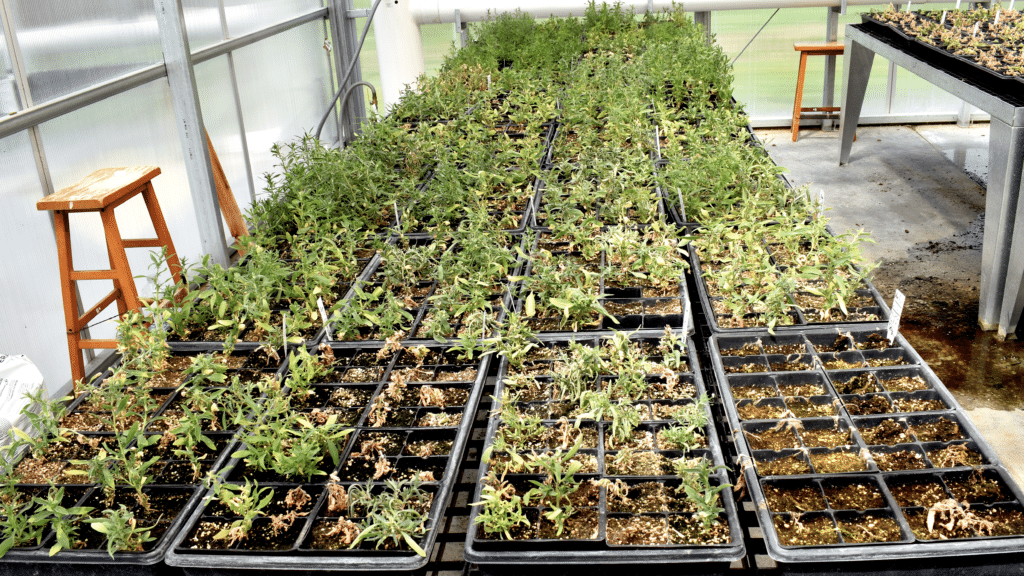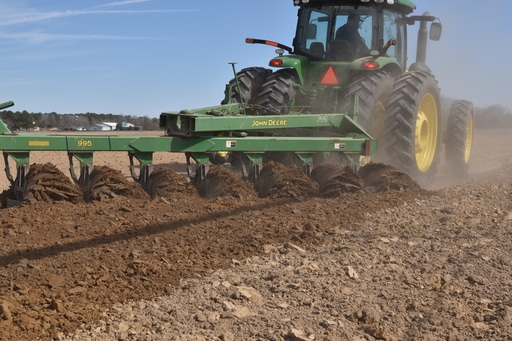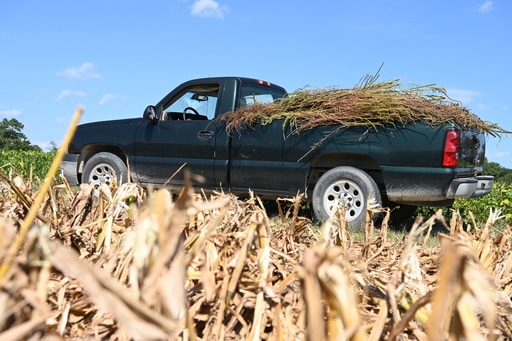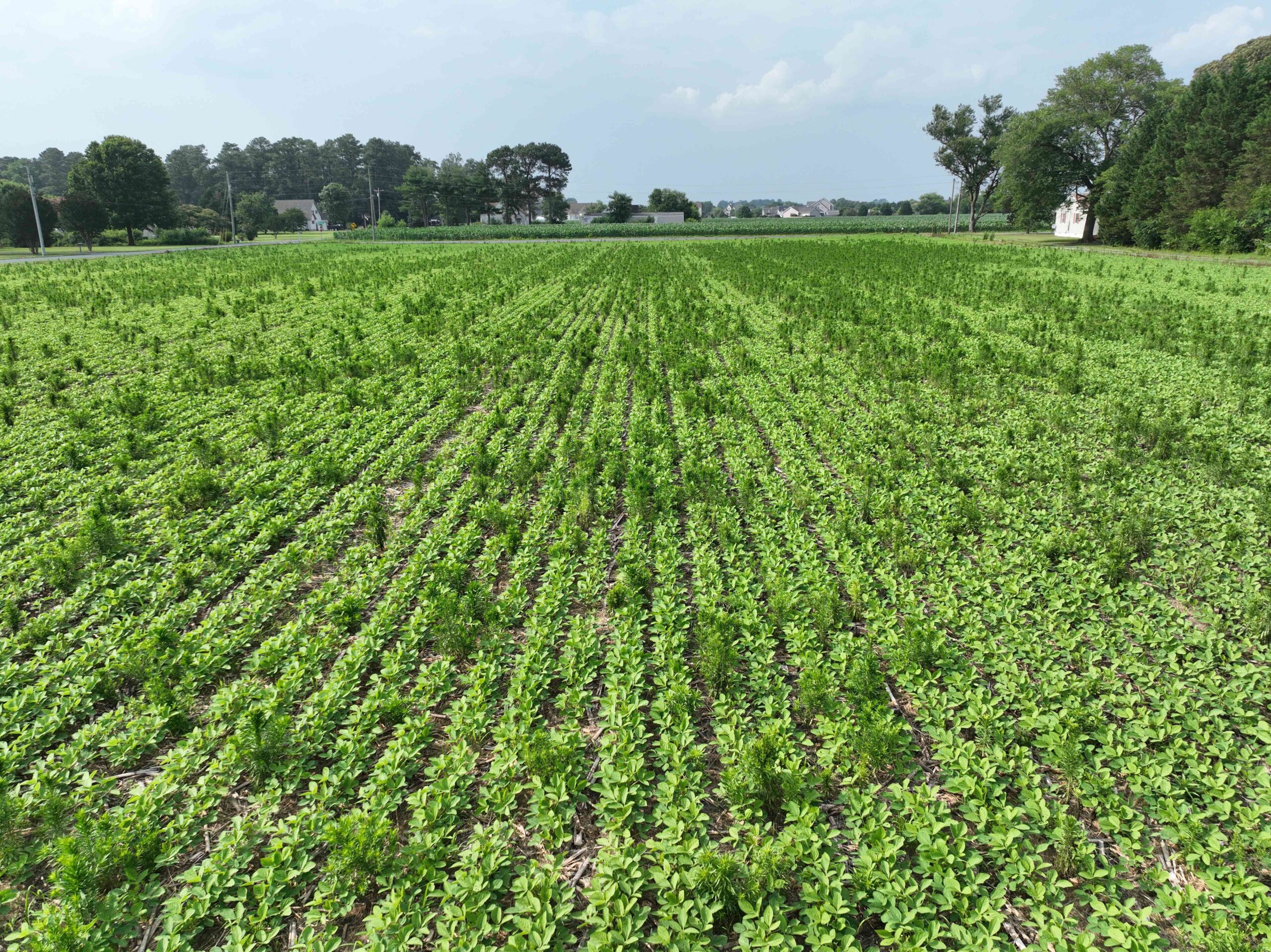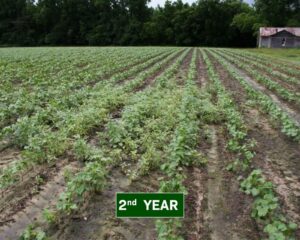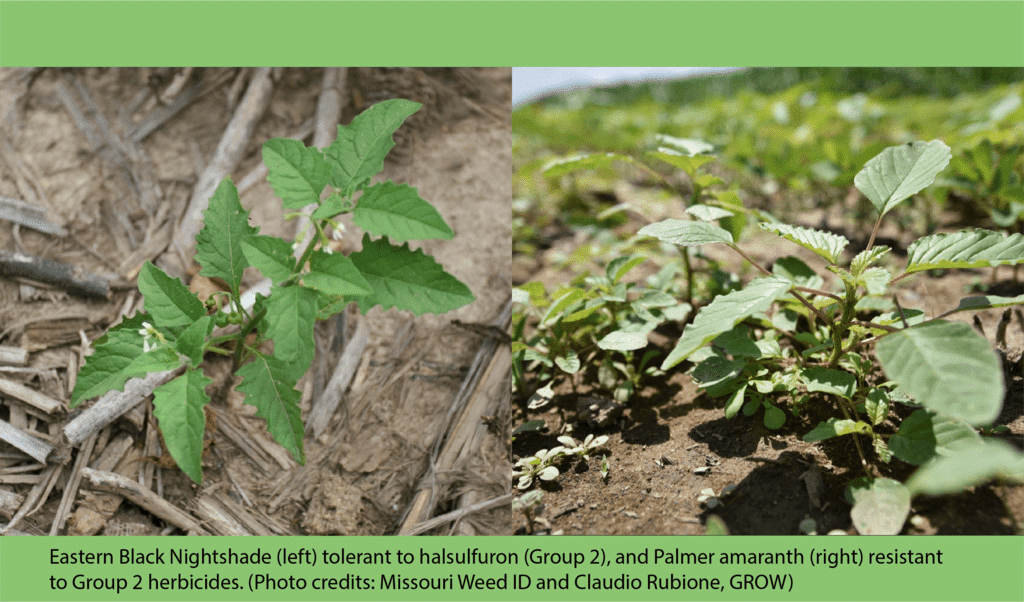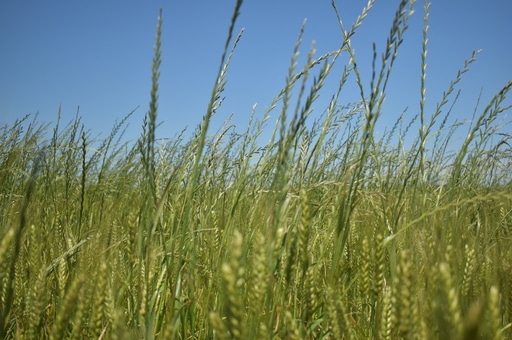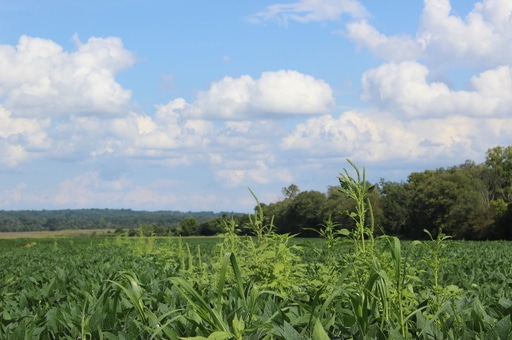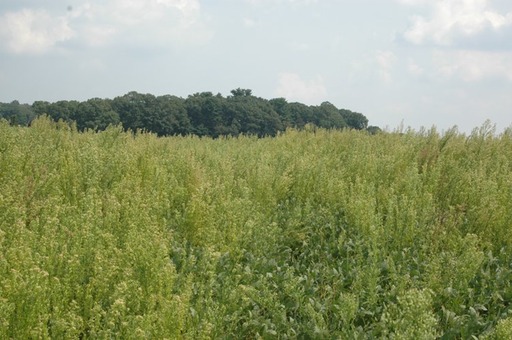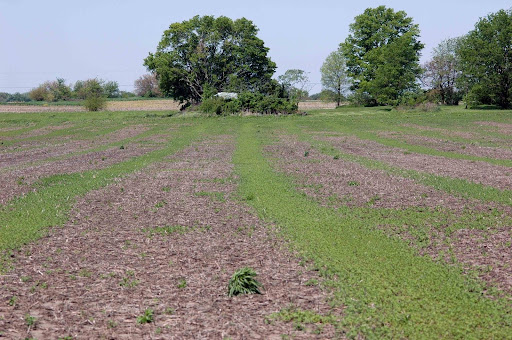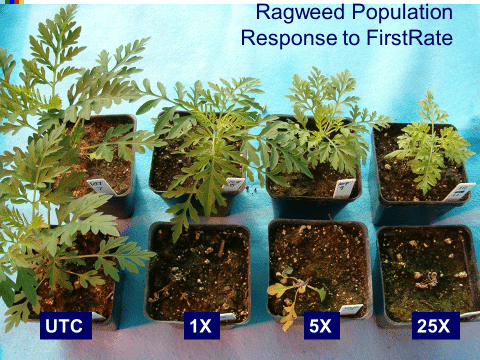Precision spray tech is everywhere, each brand and model boasting an array of bells and whistles. But despite all of their differences, there are a few overarching considerations surrounding targeted spray technologies that farmers must account for, says Anita Dille, a weed scientist at Kansas State University. After three years researching the One Smart Spray system’s performance in corn and soybean, Dille has found where precision sprayers shine, and where they fall short.
Her research finds that:
- Broadcast residual herbicides & multiple effective modes of action will remain necessary
- A one-pass program is unlikely to provide sufficient weed control
- Precision sprayers work best for early treatments, not just escapes
- Nozzle selection, spacing, and boom height will vary depending on crop, field, and weather conditions
Although Dille’s research is ongoing, and the One Smart Spray system isn’t yet commercially available in the U.S., these findings are likely to help all farmers get the most out of any precision spray technology.
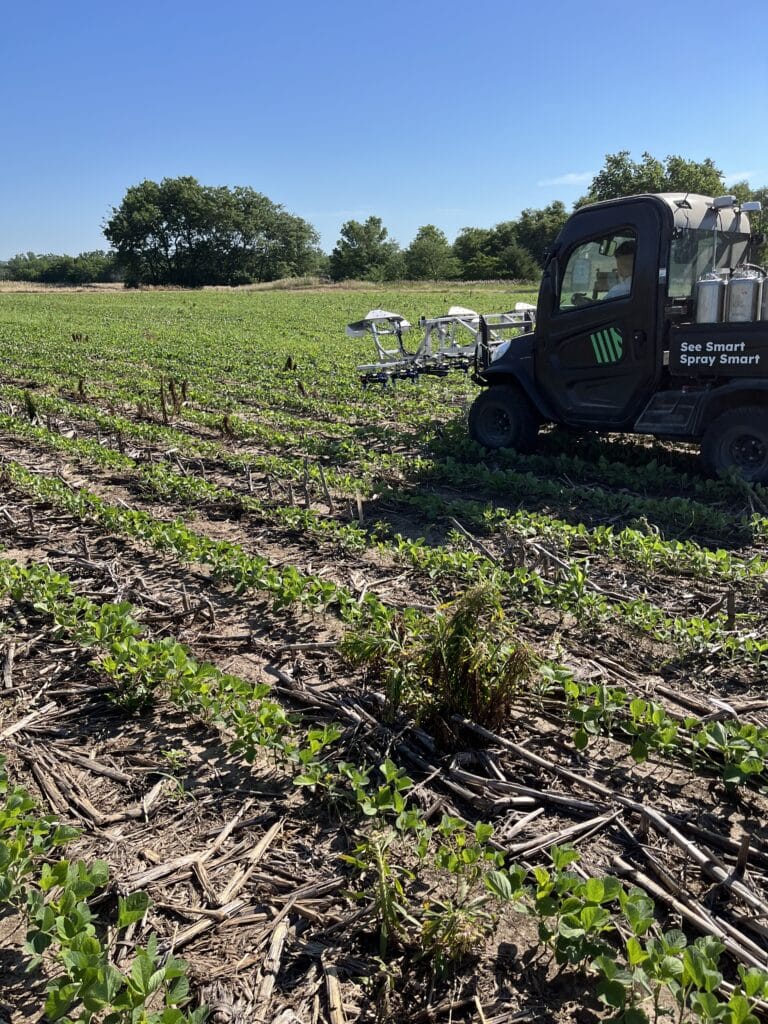
Why Target Sprayers Are Here to Stay
With precision sprayers able to detect green-on-green in row crops, and green-on-brown before planting, they already have an advantage over the human eye. Dille notes that software updates continually made the One Smart Spray system better at detecting weeds—at first only detecting weeds in between rows to ultimately detecting weeds hiding within the cash crop.
Dille explains, “These cameras and the targeted application can see small weeds that you may not be able to see yourself; that’s the value of the system.”
When using One Smart Spray’s green-on-green technology, 89% to 98% of weeds were controlled in soybeans 42 days after herbicide application, Dille’s then-graduate student, Dr. Isaac Barnhart found.
“As long as intelligent sprayers remain on the market, software upgrades are expected to improve performance and enable further improvements in precision weed management,” Barnhart says.
Don’t Skimp on Herbicides
The temptation to put a precision sprayer in a high-savings mode, where they are less sensitive to weed detection and minimize herbicide use, is understandable. But Barnhart found that total weed control required a combination of broadcast and targeted spray, which still provided herbicide savings. This combination is particularly easy to pull off in systems that operate with two tanks and two booms, allowing for simultaneous broadcast and target spraying.
Research from the University of Arkansas using the John Deere See & Spray system further emphasized the need for growers to continue to commit to broadcast residual spray applications with their target sprayers to control herbicide-resistant weeds.
“Best practices for resistant weed management suggest that producers utilizing dual-tank and boom systems should broadcast residuals and benefit from the herbicide savings of the targeted POST applications,” the Arkansas researchers wrote. “…In situations where residuals will be applied through targeted applications, producers should utilize a high detection sensitivity, because the long-term impacts of targeted application systems or the detection sensitivity setting within herbicide programs is unknown.”
Herbicide Applications and Sites of Action
Using only targeted spraying or having a one-pass program (broadcasting residual herbicide at planting) resulted in less weed control than a two-pass program, Dille found. Plots that underwent a one-pass program had the lowest amounts of weed-free areas in soybean, ranging from 33% to 86% depending on year and location. “I don’t recommend the one-pass program. There was enough weed pressure that we needed a second pass.” Dille says.
Dille also stressed the importance of understanding your field characteristics to know what precision spray tactics are best for you. “It is absolutely critical to know enough about your weed problem to make sure that you’re using the right system and the right herbicide mix,” she explains.
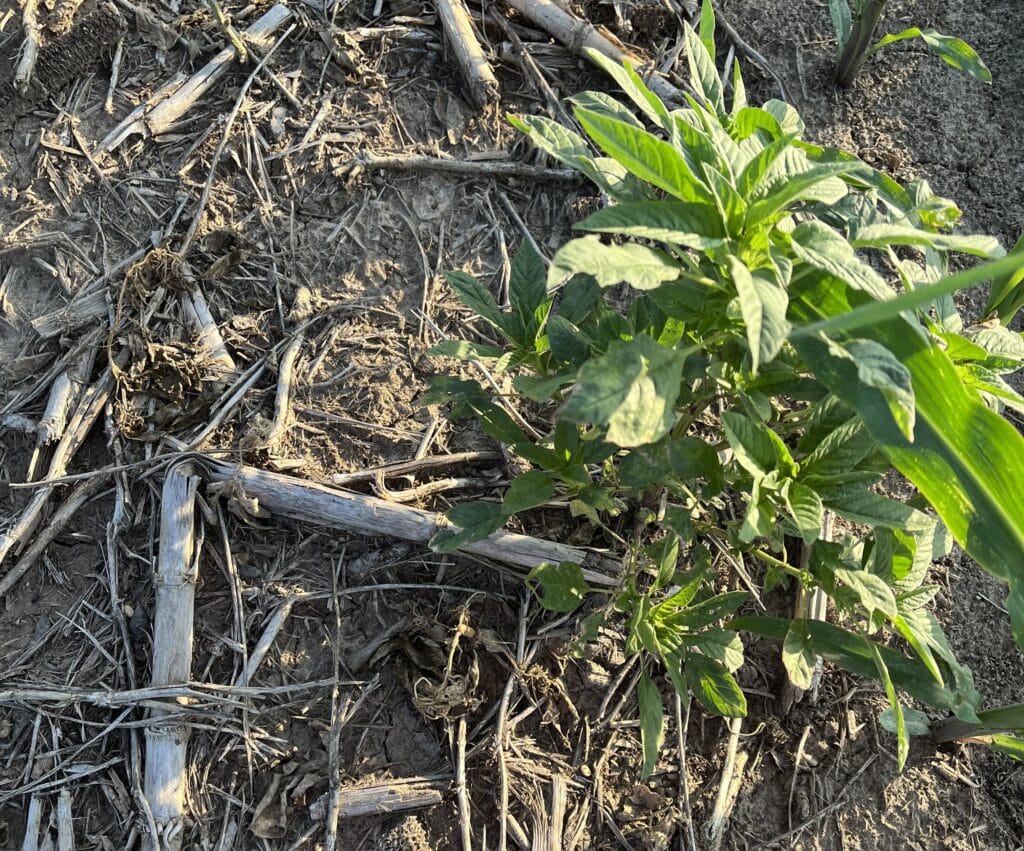
Even with the targeted spray system, Dille encountered herbicide-resistant weeds. “We were having pigweed populations that were a mixture of herbicide-susceptible and herbicide-resistant individuals for the products that we had used, even though we were rotating products between a corn and soybean rotation … I was getting alive and dead weeds right next to each other.” Her findings emphasize that even though target spraying systems reduce herbicide use, herbicide resistance still occurs and using multiple effective sites of action is necessary.
Dille also pointed out that, despite the hands-off appeal of precision spray systems, farmers still must determine the best nozzle selections, nozzle spacing, and boom height for their circumstances. GROW first highlighted these considerations in a 2023 precision spray article, and they remain just as relevant today.
No matter which precision spray technology you invest in, keeping these considerations in mind will help ensure that you get the most bang for your buck, while also keeping your fields weed free.
Visit GROW’s website for more information on precision weed management and to watch GROW’s Farmer Forum on precision spray technology.
Article by Amy Sullivan, GROW; Header and feature photo by Anita Dille, Kansas State University
